Auto-PACE
Auto-PACE for redundant tactical communications interoperability
Maintaining interoperability and continuity of communications is critical for mission success in the tactical environment. Primary, Alternate, Contingency, and Emergency (PACE) plans establish options for redundant communication capabilities if the main method of communicating becomes disrupted or degraded. Auto-PACE takes this concept one step further by automating the communications fallback process.
Home / Auto-PACE

What is a PACE plan?
According to the United States Army, a PACE plan “designates the order in which an element will move through available communications systems until contact can be established with the desired distant element.”
The more pathways that exist for data to travel through, the more resilient the network becomes. Adaptive network connections will determine the optimal path for any given moment to enable rapid and reliable communication. To maintain readiness wherever possible, it’s vital to maximize the ability to leverage multiple pathways with systems that are already fielded to support strong PACE options, enabling uninterrupted communication down to the tactical edge.
Auto-PACE in tactical environments
While a PACE plan itself should be detailed to cover all possible scenarios, the actual implementation should be as simple and seamless as possible. When the Primary communication method fails, users cannot afford to waste time fiddling with technology. In their discussion on Army Network Modernization, the Army acknowledges that “in the future, more communications assets will be delivered down to lower echelons at the edge, to Soldiers with little or no signal training. In response, the Army will ensure that equipment solutions are as easy to use as possible for those general purpose users.”


REDCOM Sigma and auto-PACE
While Auto-PACE is mostly a function of hardware and software at the network level, it’s important to note that as an application, REDCOM Sigma works out of the box with an Auto-PACE network. Sigma also has additional capabilities to automate your communications PACE plan with automated voice routing and redundancy features.
- Alternate Trunk Routing: This Sigma feature leverages separate network paths to connect different nodes on the network. If the primary path cannot establish a connection, Sigma will automatically attempt to connect with an alternate path and will continue this process until either connection is established or all defined paths have been exhausted. These alternate connection paths can be via any IP-based network type, including Wi-Fi, LTE, SATCOM, or MANET.
- Automated routing: Sigma supports traditional telecommunication features known as Hunt Groups and Find Me/Follow Me. These features allow you to configure multiple paths (i.e., primary, alternate, contingency, emergency) to establish a connection with a specific user agnostic to the comms platform. If the primary path cannot establish a connection, the system will automatically attempt to connect through an alternate path. It will continue this process until a connection is established or until it has exhausted all defined paths.
- Redundancy: Sigma redundancy can be achieved with a secondary standby server or by using fault tolerance provided by a hypervisor. A secondary server may require a manual switchover in the event of a failure, while a hypervisor with fault tolerance delivers automatic failover.
An auto-PACE example with REDCOM Sigma
REDCOM Sigma XRI is the key to seamlessly implementing an effective PACE plan in disconnected environments. Sigma XRI provides warfighters with full connection points to both the C2 network and up to four discrete RF networks. In the example diagram below, should the Primary means of communicating between the nodes fail (in this case, a satellite connection), all of the radio nets, mobile devices, and IP devices can continue to communicate with each other — across the battlefield and across echelons — by using the Alternate connection path (in this case, a mobile ad-hoc network).









